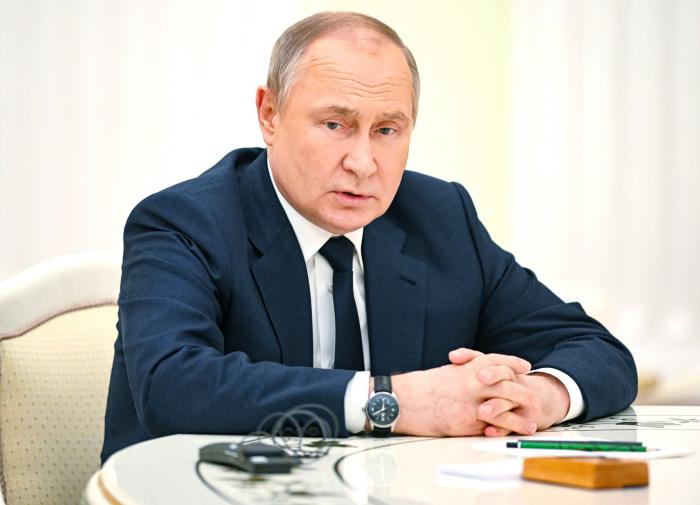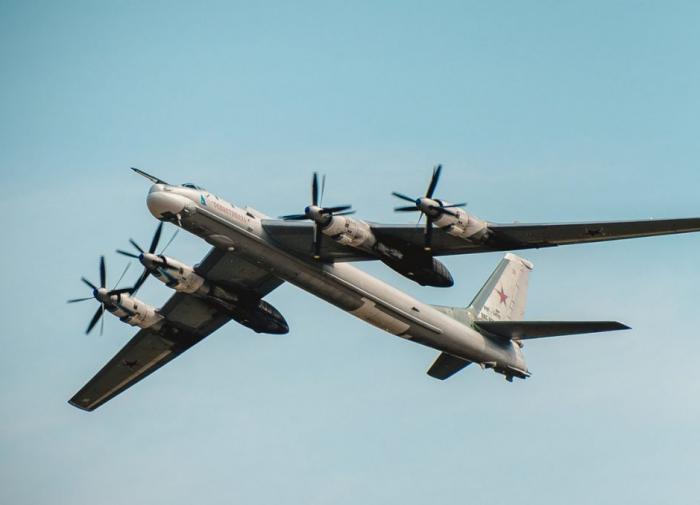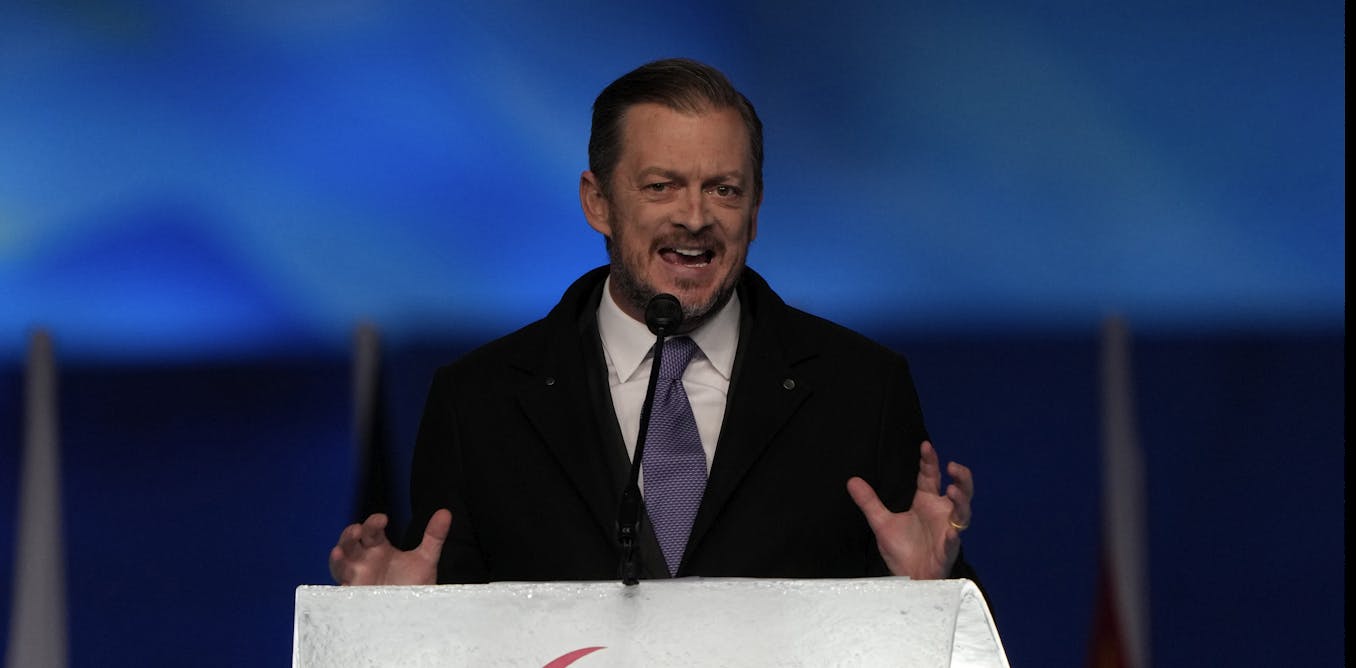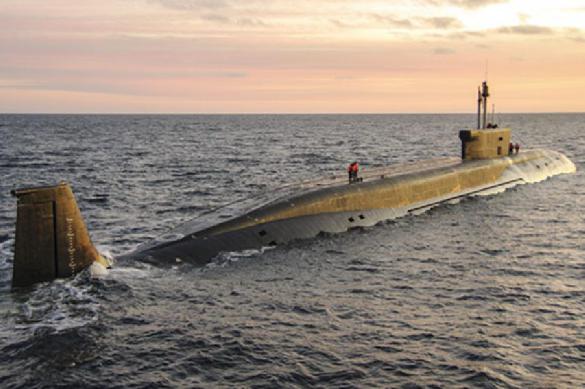[ad_1]
Oil market realizing many OPEC producers might not have the capability to spice up output a lot additional
Because the OPEC+ group unwinds its manufacturing cuts, the oil market has realized that not solely do many producers within the pact lack the capability to spice up output additional, however those that can pump extra are lowering the worldwide spare manufacturing capability, thus exposing market balances to sudden provide disruptions, and oil costs to additional spikes. Many of the world’s international spare capability is at present held by OPEC’s Center Jap members Saudi Arabia and the United Arab Emirates (UAE). These two producers have the potential to lift their output as OPEC+ continues to unwind the cuts, however they’re doing so on the expense of declining spare capability.
Low spare manufacturing capability may set the stage for a chronic oil value rally as a result of the world would have a decrease buffer to offset sudden provide disruptions, that are at all times lurking within the international oil market.
The unrest in Kazakhstan and the blockade in Libya prior to now month highlighted the problem that the oil market can be going through if spare capability continues to shrink. And shrink it can—that’s, if OPEC+ continues so as to add 400,000 barrels per day (bpd) to its manufacturing quota each month till it unwinds all of the cuts.
Larger OPEC+ Manufacturing Means Decrease Spare Capability
The issue with OPEC+ is that solely a handful of producers can hold some capability in reserve whereas elevating manufacturing. The few who can embody OPEC’s prime producer and the world’s largest oil exporter, Saudi Arabia, the UAE, and to some extent, Kuwait and probably Iraq. Iran, underneath US sanctions, has over 1 million bpd that might return to the market. However Iran will be capable to faucet that capability provided that the continued nuclear talks are profitable—a improvement that many analysts doubt will happen anytime quickly.

With Iran at present out of the equation, it’s principally as much as the Arab Gulf states to supply extra oil and on the identical time have some spare capability left. The opposite problem is that the nameplate spare capability will not be equal to the producers’ skill to pump oil—the restrict of spare capability has by no means been examined, even in Saudi Arabia.
Certain, america, Canada, and Brazil—all of that are exterior OPEC+ pacts—are anticipated to lift their oil manufacturing this yr as excessive costs and rising demand incentivize extra exercise and drilling. Within the US shale patch, nonetheless, capital self-discipline continues to be a key theme, so annual manufacturing will increase aren’t anticipated to be anyplace close to the 2018-2019 surge in output.
With demand anticipated to exceed pre-Covid ranges this yr, the low spare capability and the low upstream funding in recent times are setting the stage for even increased oil costs.
OPEC+ will see its spare capability decreased to only 2.3 million bpd by July 2022, on the top of the driving season, in line with Bloomberg estimates. This could be the bottom spare capability for the reason that finish of 2018. Most of it will likely be held by the Arab Gulf producers—the one ones thought to have the ability to pump to their OPEC+ quotas all through this yr.
Even Russia is struggling. Russia has seen setbacks lately in its try to pump to its quota, and can doubtless proceed to lag within the coming months, analysts inform Bloomberg. Russia could possibly increase its output by 60,000 bpd every month within the first half of 2022—simply over half of the month-to-month manufacturing progress of 100,000 bpd it’s entitled to, in line with analysts polled by Bloomberg.
Triple-Digit Oil
Russian provide will degree off within the subsequent two months, Francisco Blanch, head of world commodities at Financial institution of America, advised Bloomberg final week, saying that triple-digit oil “is within the works” for the second quarter this yr.
Demand is recovering meaningfully, whereas OPEC+ provide will begin leveling off inside the subsequent two months, Blanch stated, noting that it will likely be solely Saudi Arabia and the UAE that may produce incremental barrels so as to add to the market.
Furthermore, OPEC+ has been undershooting its collective manufacturing targets for months and can doubtless proceed to take action within the months forward.
Even OPEC officers admit that the OPEC+ group will wrestle to extend provide as a lot because the nameplate month-to-month enhance permits, and costs may spike to $100 a barrel, some officers from OPEC producers have lately advised Reuters.
Aside from Financial institution of America, different main Wall Avenue banks additionally predict that declining spare capability and the shortcoming of OPEC+ producers—aside from just some—to spice up manufacturing will result in triple-digit oil costs.

Oil costs may hit $100 this yr and rise to $105 per barrel in 2023 on the again of a “surprisingly giant deficit” because of the milder and doubtlessly briefer impression of Omicron on oil demand, Goldman Sachs stated final week. As a consequence of gas-to-oil substitution, provide disappointments, and stronger-than-expected demand in This fall 2021, OECD inventories are set to dip by the summer season to their lowest ranges since 2000, Goldman’s analysts notice. Furthermore, OPEC+ spare capability can be set to say no to traditionally low ranges of round 1.2 million bpd.
“At $85/bbl, the market would stay at such important ranges, inadequate buffers relative to demand and provide volatilities, by way of 2023,” Goldman Sachs stated in a notice.
JP Morgan, for its half, expects the falling spare capability at OPEC+ to extend the chance premium in costs, and sees oil hitting $125 a barrel this yr and $150 a barrel subsequent yr.
“We see rising market recognition of world underinvestment in provide,” the financial institution stated in a notice carried by Reuters.
For extra tales on economic system & finance go to RT’s enterprise part
[ad_2]
Source link














